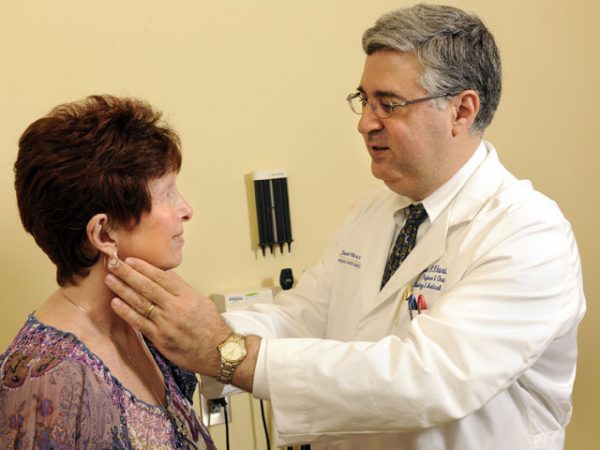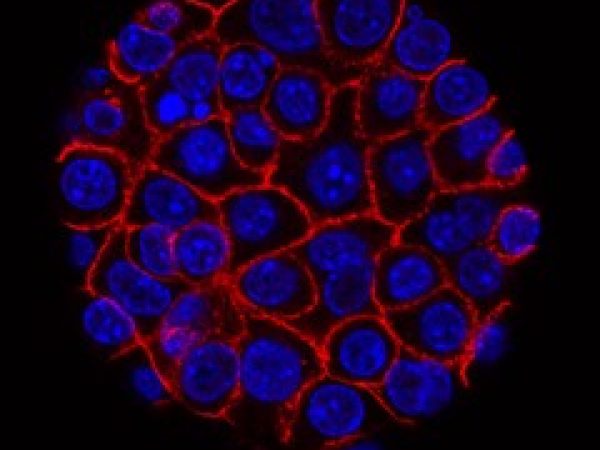DNA Profiling Moves From Forensics to Diagnostics
Guest Post by William G. Nelson, MD, PhD
Editor-in-Chief, Cancer Today
Television series like CSI: Crime Scene Investigation familiarized viewers with advances in forensic science that allow investigators to detect minute amounts of a person’s unique DNA sequence found at a crime scene and analyze it to implicate or exonerate a suspect. Similar DNA technologies can also detect and analyze small numbers of cancer cells in blood.
The key technique that enables this genetic “fingerprinting” is the polymerase chain reaction (PCR). This method for copying, or amplifying, short DNA sequences can generate hundreds of thousands of copies of a single DNA molecule in a matter of minutes. PCR amplification can distinguish DNA sequence differences between cancer cells and normal cells. The astonishing sensitivity of this technology is being used to detect DNA from very small numbers of cancer cells in blood and other body fluids.
Regardless of where they arise, many cancers shed cells or cell-free DNA (often called circulating tumor DNA or ctDNA) into the bloodstream. Liquid biopsy, the use of a blood sample to perform ctDNA amplification and sequencing, can indicate cancer’s presence and identify its defective genes. Blood ctDNA tests can be administered to patients who already have cancer to study treatment response or to identify new gene defects that could lead to a treatment change. In the future, a blood specimen might be collected from an otherwise healthy individual to screen for ctDNA. A positive result could lead to imaging or endoscopy procedures to find and treat cancers (or cancer precursors) at a very early stage.
Liquid biopsies that monitor existing cancers appear to have substantial advantages over tumor tissue biopsies. First, blood testing tends to be safer, easier, and more convenient than using radiographic imaging to guide needles into deep tissue sites, especially for repeated analyses. Second, unlike a single biopsy of a single cancer lesion, ctDNA likely provides a sample of all, or nearly all, of the cancer deposits in the body, offering a glimpse of heterogeneity in cancer gene defects.
To fully realize the potential of liquid biopsies in the early detection of cancers, population studies will be needed to determine their predictive value, that is, the likelihood that a normal ctDNA test signifies no cancer and an abnormal test indicates a need for concern. One caution is that early detection, even if it is accurate, could generate controversy similar to that surrounding prostate-specific antigen (PSA) screening for prostate cancer. Even though aggressive cancers can be detected sooner using the PSA test, the trade-off is overdetection and possible overtreatment of cancers that pose little threat to health.
William G. Nelson, MD, PhD, is the editor-in-chief of Cancer Today, the quarterly magazine for cancer patients, survivors, and caregivers published by the American Association for Cancer Research. Nelson is the Marion I. Knott professor of oncology and director of the Sidney Kimmel Comprehensive Cancer Center at Johns Hopkins in Baltimore. You can read his complete column in the spring 2018 issue of Cancer Today.




